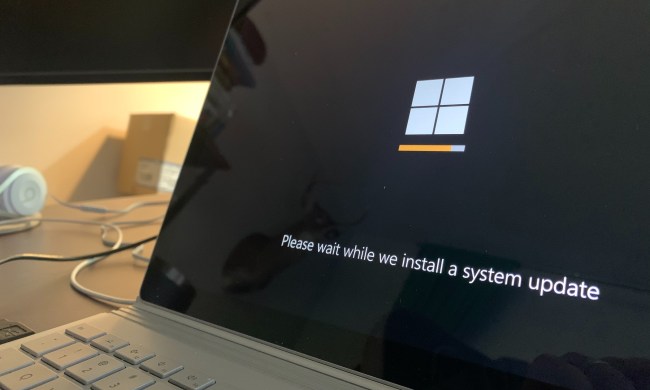Windows 10 has already been plagued with update problems, and now another issue has arisen. Users who are careful about keeping their system updated should watch out — Microsoft revealed this week that clicking the “Check for updates” button in Windows can opt you in to testing beta code.
Windows typically downloads updates automatically, but fastidious users can also hit the Check for updates button in the Windows Update section of the Settings panel in Windows 10 to manually check for any changes to Windows. This is useful when you are performing system maintenance or if you’re working from a freshly installed copy of Windows. It is also something that security-minded techies have drilled into the heads of less tech-savvy users: that updates are important, and that you should regularly check whether all of your software is up to date.
But now Microsoft has shared a blog post in which they argue that people who click the Check for updates button are in fact “advanced users” who are “seeking updates.” Therefore, if you click the button, your system will be updated to the latest optional release called “C” or “D” release. These releases are a kind of preview of the next regular monthly release, known as the “B” release, which is the general version which includes security and non-security fixes.
The problem is that these C and D releases are still essentially beta code which is being offered for preview rather than being intended for widespread use. Microsoft says that the releases are “validated, production-quality optional releases,” but also that they are intended “primarily for commercial customers and advanced users ‘seeking’ updates.” This distinction is not made clear in the updates section of Windows, and you can imagine plenty of regular people clicking the Check for updates button in their system because they think it’s good security practice, without realizing that they have essentially opted into Windows beta testing.
Microsoft has had problems with their patches in the past, such as a patch for Surface Book 2 devices that caused a blue screen of death error. As PCWorld points out, the timing of this patch in the last week of November means that it would have been issued to users who hit the Check for updates button. So Windows users beware: stay away from the Check for updates button unless you know what you’re doing.


